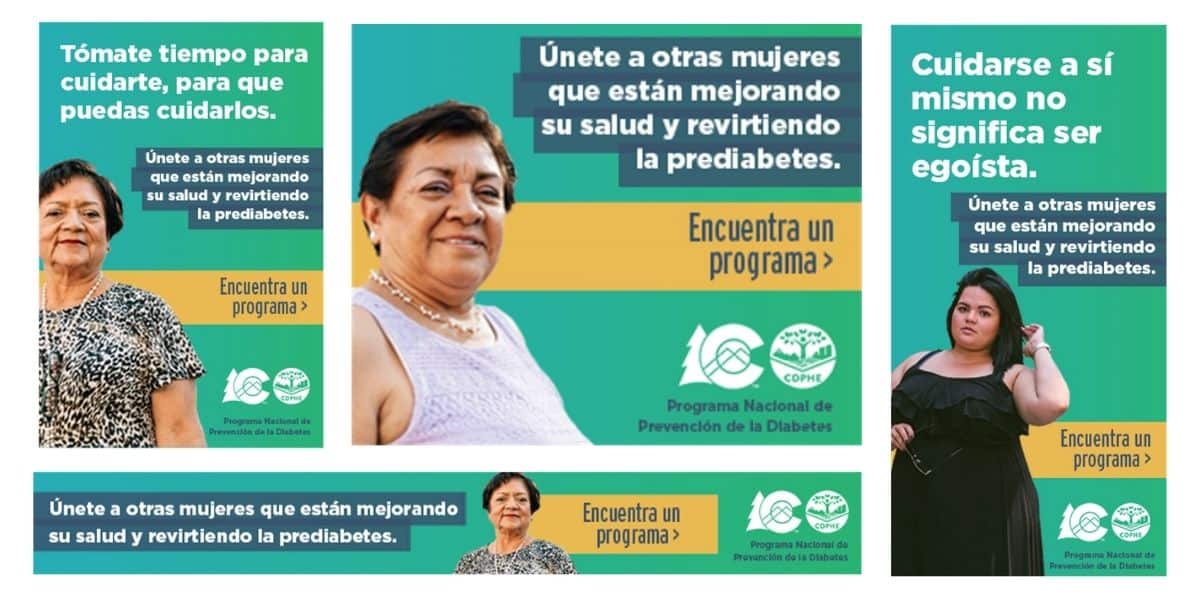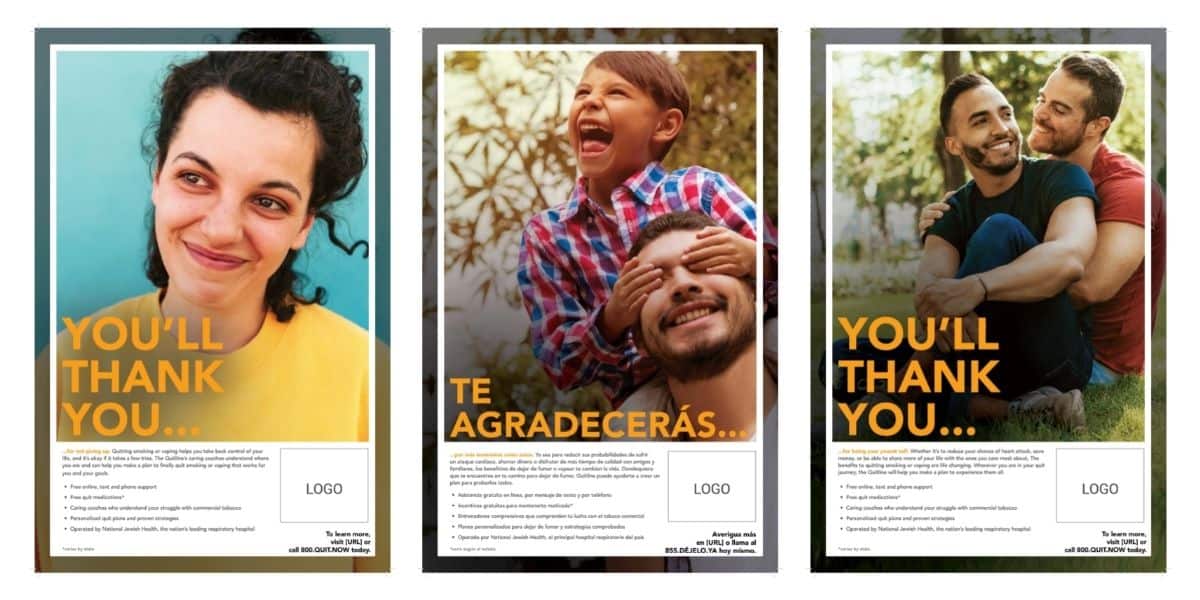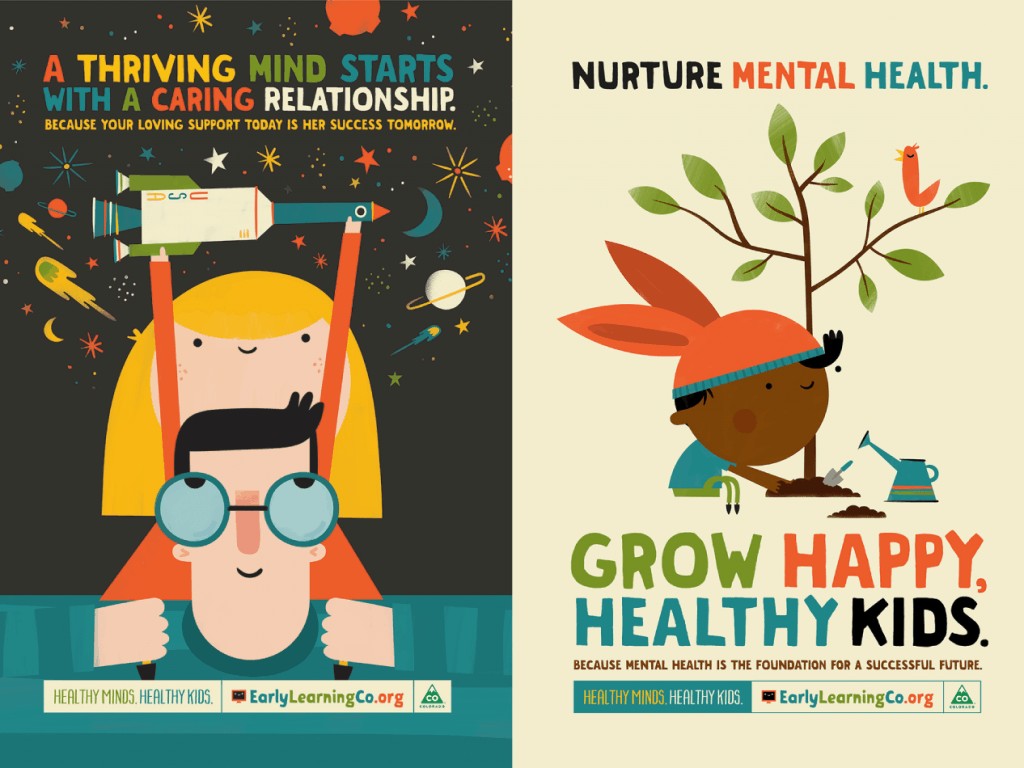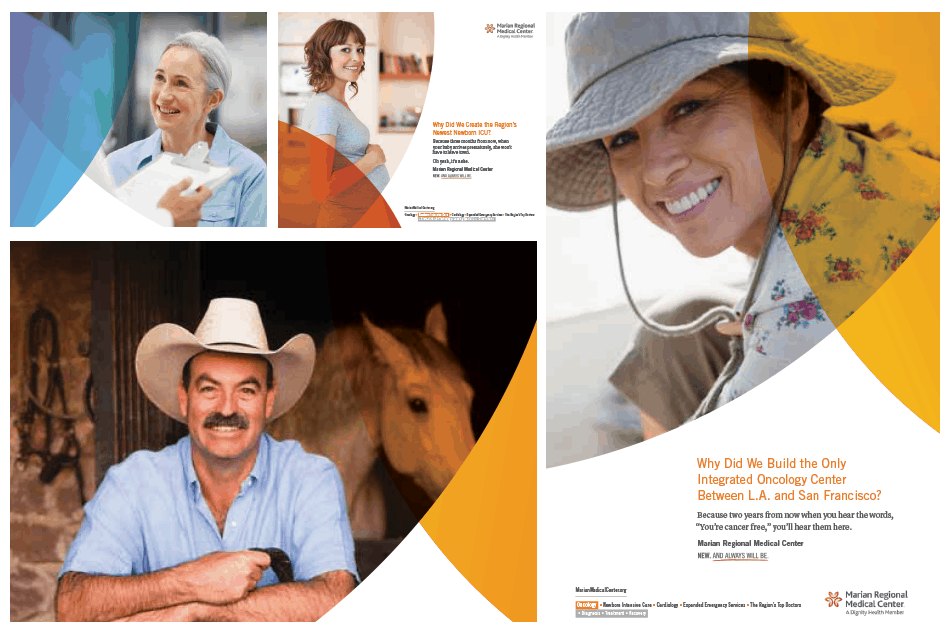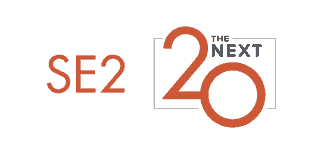
When SE2 launched 20 years ago, we communicated through landline phones and dial-up Internet.
Google didn’t exist yet, so online searches were a slow and hit-or-miss proposition.
Large electronic files were transferred using the so-called “sneaker net” – physically carrying floppy disks and CDs from computer to computer.
Mainstream media was a gatekeeper to the public. Newspapers set the agenda: If we had a big issue in play, I’d go to 24-hour convenience stores at 4 a.m. to buy early editions.
To reach a broad audience we relied on press releases, faxed or hand delivered. If the media didn’t engage, it was like a tree falling in an empty forest.
Fast forward two decades:
- Digital advertising spending has overtaken even TV. Google (incorporated 1998) and Facebook (launched in 2004) control the majority of that digital spend, which now goes mostly to mobile advertising (even though Steve Jobs didn’t introduce the iPhone until 2007).
- We now consider it a special event when we see Mike, our trusted print rep who was once a fixture in our office as he regularly hand delivered proofs of direct mail pieces.
- We spend far less of our time on media relations than we do producing content we distribute ourselves (“brand journalism” in the current jargon).
While the way we do our work has changed dramatically over two decades, our focus as an agency has stayed largely the same.
Since we started, we’ve remained focused exclusively on communicating around public issues, collaborating in that space with nearly 250 nonprofits, foundations, associations and corporations. Not one restaurant opening or product launch in 20 years.
That focus on public issues has included policy debates where we gave citizens an increasingly powerful voice at the capitol or city hall.
As the science of social marketing has advanced, we have increasingly leveraged our communications expertise to positively influence behavior – from reducing the toll of tobacco and substance abuse to empowering parents to give the youngest kids a great start.
These days, purpose-, cause- and mission-based campaigns have gone mainstream. It seems like every agency highlights theirs. The distinction is that public issues are all we’ve ever done – and all we ever plan to do. We defined our niche narrowly and we’ve stuck to it.
Now we turn our attention to the next 20 years. How will communications – and the challenges our clients face – evolve?
Over the next year we’ll explore that question with our own team, as well as other experts in communications and from key sectors like health, education, technology and media. This ongoing conversation will be promoted under the heading The Next 20, and we encourage you to weigh in, as well
.
I don’t have a 20-year crystal ball – which might explain why Google’s growth has edged out ours, despite its later start – so I’ll be as interested as anyone in the predictions that come out of The Next 20 dialogue.

About the Author:
Eric Anderson (he/him) began his career as a newspaper reporter in Washington, D.C., Hong Kong, and Denver before co-founding SE2 in 1998. He has helped guide marketing and communications campaigns on some of the era’s most pressing issues, from public health to education to the environment. He lives in Englewood, Colorado with his wife, Amber. Together they have four adult children, two dogs, and one cat.

